filter
-
Brand
- By Category
- Direction
- Date Range
77Events
Pictures
Events
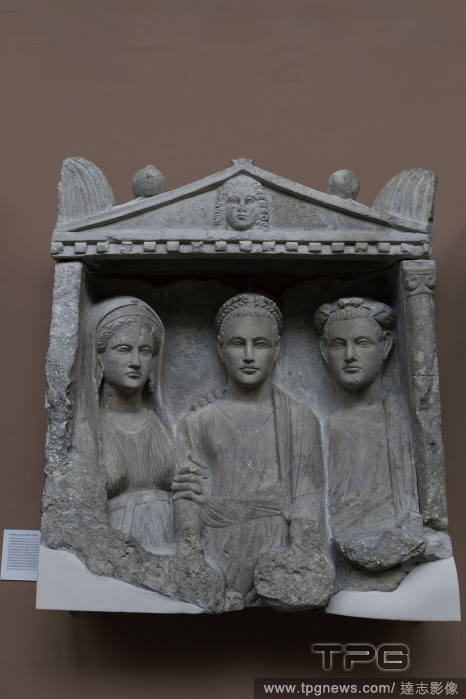
Editorial Collection from the British Museum - 02 Oct 2024
- 2024-10-10
- 44

Editorial *EXCLUSIVE* Julianne Hough arrives for her book signing event at the Grove!
- 2024-08-11
- 23

Editorial Angel City Salute Awards Proclamation Ceremony, Arrivals, Los Angeles, California, USA - 26 Jun 2024
- 2024-06-28
- 3

Editorial Fashion Trust U.S. Awards 2024 - Arrivals, Private Residence, Beverly Hills, Los Angeles, California, United States - 09 Apr 2024
- 2024-04-11
- 1

Editorial Fashion Trust U.S. Awards 2024
- 2024-04-11
- 1

Editorial Fashion Trust U.S. Awards 2024
- 2024-04-11
- 1
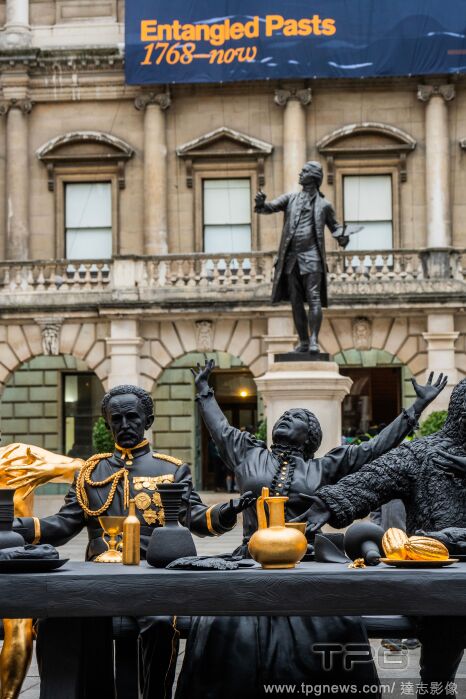
Editorial Tavares Strachan's The First Supper as part of Entangled Pasts: 1768-now, at the Royal Academy of Arts, London., Royal Academy, London, UK - 30 Jan 2024
- 2024-01-30
- 3

Editorial 'Dancing with the Stars' TV show, Rome, Italy - 09 Dec 2023
- 2023-12-14
- 10

Editorial Rome, TV broadcast "Dancing with the Stars"
- 2023-12-13
- 10

Editorial Rome, TV broadcast "Dancing with the Stars"
- 2023-12-11
- 2
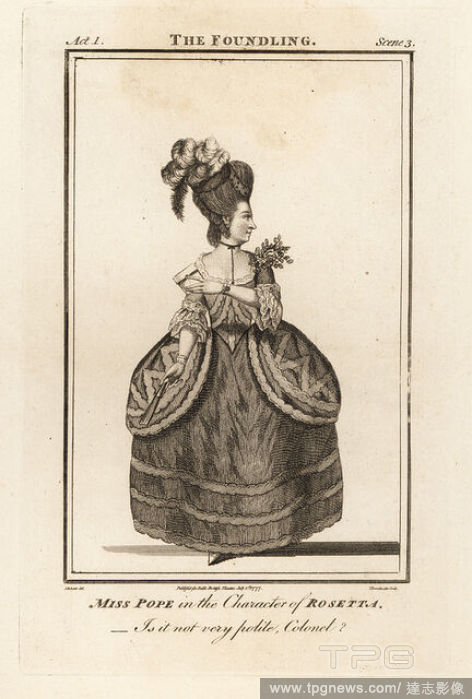
Editorial Rome, TV broadcast "Dancing with the Stars"
- 2023-12-07
- 1

Editorial *EXCLUSIVE* Violet Getty Enjoys Dinner with Her Parents Balthazar Getty and Rosetta Millington in WeHo!
- 2023-10-03
- 8

Editorial *EXCLUSIVE* Balthazar Getty and Rosetta Millington Enjoy Dinner with Friends at Matsuisha
- 2023-10-03
- 18

Editorial *EXCLUSIVE* Balthazar Getty and Rosetta Millington Enjoy Dinner with Friends at Matsuisha
- 2023-06-27
- 1
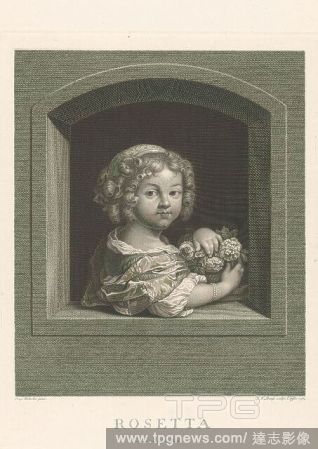
Editorial *EXCLUSIVE* Balthazar Getty and Rosetta Millington Enjoy Dinner with Friends at Matsuisha
- 2023-06-15
- 1

Editorial *EXCLUSIVE* Balthazar Getty and Rosetta Millington Enjoy Dinner with Friends at Matsuisha
- 2023-05-19
- 3

Editorial *EXCLUSIVE* Balthazar Getty and Rosetta Millington Enjoy Dinner with Friends at Matsuisha
- 2023-03-04
- 5

Editorial *EXCLUSIVE* Balthazar Getty and Rosetta Millington Enjoy Dinner with Friends at Matsuisha
- 2023-03-03
- 4

Editorial *EXCLUSIVE* Balthazar Getty and Rosetta Millington Enjoy Dinner with Friends at Matsuisha
- 2023-03-03
- 5

Editorial Rosetta Getty Ready to wear Fall winter..........
- 2023-02-19
- 17

Editorial Rosetta Costantino with one of her nonna knives, or grandmother knives, which she uses daily, at her home in Oakland, Calif., Jan. 13, 2023. (Chloe Aftel/The New York Times)
- 2023-01-24
- 1

Editorial ROSETTA (1999), directed by LUC DARDENNE and JEAN-PIERRE DARDENNE.
- 2022-12-25
- 1
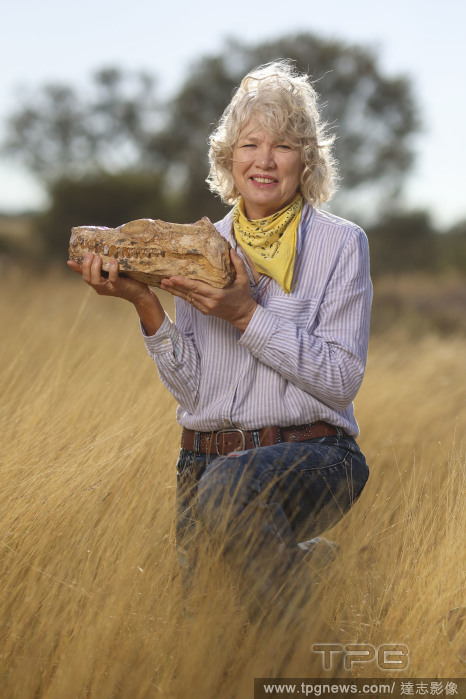
Editorial Australian Trio Unearth Complete Plesiosaur In Breakthrough Moment For Paleontology
- 2022-12-09
- 2
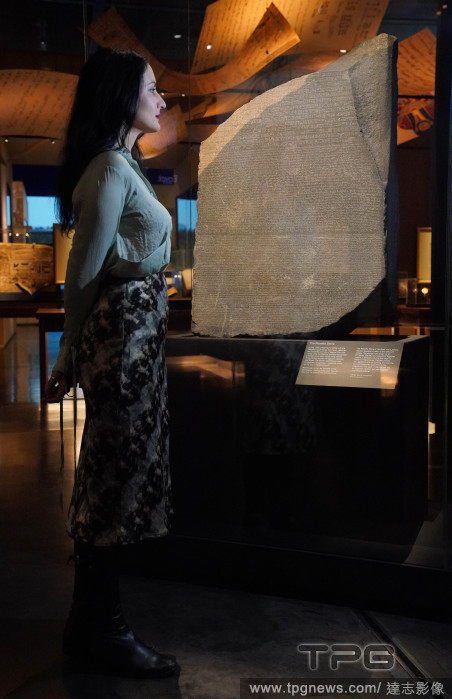
Editorial Hieroglyphs: unlocking ancient Egypt exhibition
- 2022-10-11
- 1
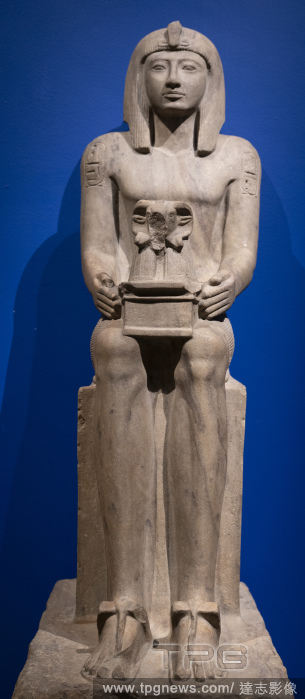
Editorial Hieroglyphs: unlocking ancient Egypt at The British Museum, London
- 2022-10-11
- 5
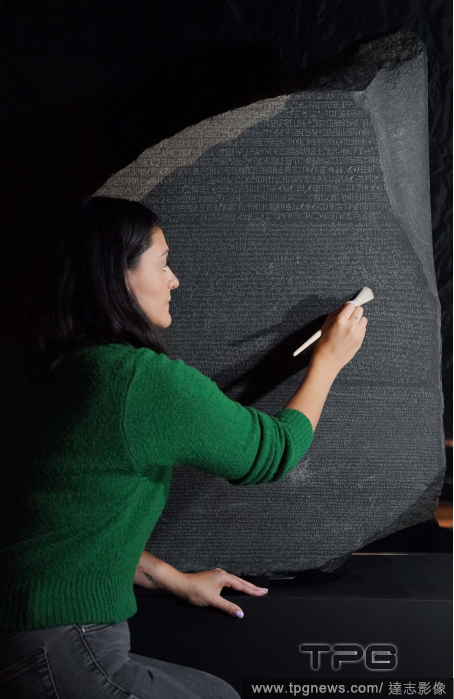
Editorial Hieroglyphs: unlocking ancient Egypt exhibition
- 2022-10-02
- 7

Editorial Sydney Sweeney looks in great shape in new Cotton On Body Activewear campaign
- 2022-06-30
- 4
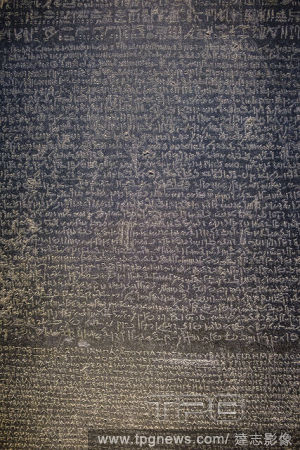
Editorial Rosetta stone, trilingual Egyptian stele, British museum, London, England, Great Britain.
- 2022-04-24
- 1

Editorial Rosetta Getty RTW fall winter; 2022-23 NEW YORK fashion week february 202
- 2022-02-18
- 22

Editorial Private screening of the ALLBLK Original Series, 'Partners in Rhyme' at WACO Theater Center, North Hollywood, Los Angeles, California, USA - 12 Dec 2021
- 2021-12-13
- 2

Editorial 'Gossip Girl' TV Show Season 1, Part 2 premiere, New York, USA - 18 Nov 2021
- 2021-11-20
- 1

Editorial 'Gossip Girl' TV Show Season 1, Part 2 premiere, New York, USA - 18 Nov 2021
- 2021-11-19
- 2

Editorial CA: 2021 Ebony Power 100 - Beverly Hills
- 2021-10-29
- 2

Editorial CA: 2021 Ebony Power 100 - Beverly Hills
- 2021-10-12
- 1

Editorial Moca Gala, Los Angeles, California, United States - 15 May 2016
- 2021-09-02
- 2

Editorial 2012 Juno Awards, Ottawa, Ontario, Canada - 02 Apr 2012
- 2021-08-25
- 2
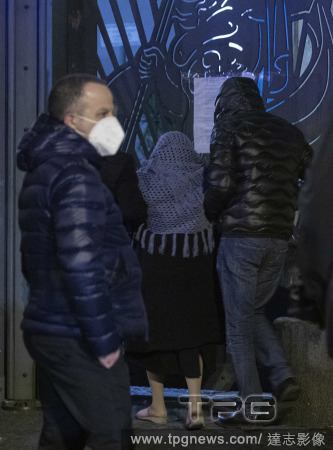
Editorial Italy: The coffin of Raffale Cutolo bos della Camorra arrives in the cemetery of Ottaviano
- 2021-02-21
- 1

Editorial Johann Friedrich Bause, Rosetta, n.d., engraving on paper, 10 in. x 8 1/2 in. (25.4 cm. x 21.59 cm.).
- 2021-02-19
- 1

Editorial Italy: Arrival at the port of the 18 fishermen kidnapped in Libya
- 2020-12-20
- 1
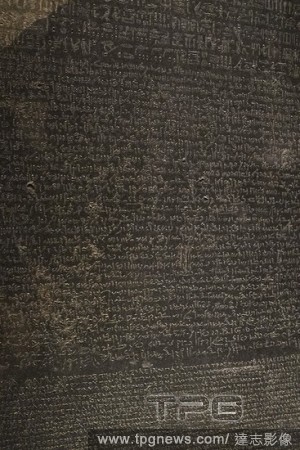
Editorial Detalle de la piedra Rosetta donde se ven las tres escrituras (jerogl?fica, dem?tica y griego antiguo), British Museum.
- 2020-07-24
- 2

Editorial Europen Judo Open
- 2020-03-02
- 1

Editorial Sean Penn Hosts 10th Anniversary Gala Benefiting CORE
- 2020-01-16
- 4

Editorial CORE Gala: A Gala Dinner to Benefit CORE and 10 Years of Life-Saving Work Across Haiti & Around the World
- 2020-01-16
- 11

Editorial Red carpet arrivals for the 10th Anniversary Gala Benefiting CORE in Los Angeles
- 2020-01-16
- 3

Editorial Red carpet arrivals for the 10th Anniversary Gala Benefiting CORE in Los Angeles
- 2020-01-16
- 5

Editorial Life of Sir John Hawley Glover : R. N., G. C. M. G. : Glover, Elizabeth Rosetta (Scott) lady, 1927.
- 2020-01-15
- 1
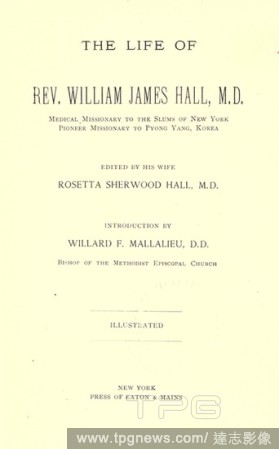
Editorial The life of Rev. William James Hall, M. D. : medical missionary to the slums of New York, pioneer missionary to Pyong Yang, Korea : Hall, Rosetta Sherwood.
- 2019-11-19
- 1
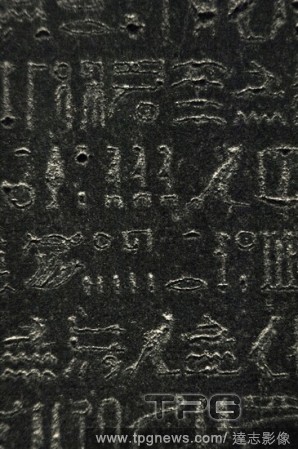
Editorial The Rosetta Stone. Fragment of a black granite stele with an inscription in different languages __of a decree of Ptolemy V Epiphanes king. Hieroglyphic scripture. Detail. Ptolemaic era. 196 BC. British Museum. London. United Kingdom.
- 2019-09-16
- 1
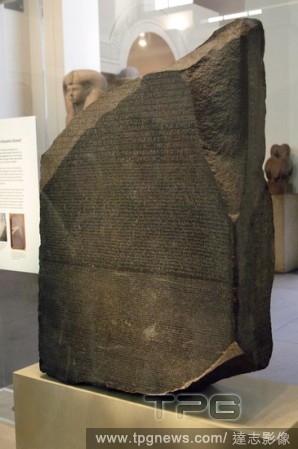
Editorial The Rosetta Stone. Fragment of a black granite stele with an inscription in different languages __of a decree of Ptolemy V Epiphanes king. Ptolemaic era. 196 BC. Writing in hieroglyphical, demotic and greek scripture. British Museum. London. United Kin...
- 2019-07-16
- 2

Editorial The Rosetta Stone. Fragment of a black granite stele with an inscription in different languages __of a decree of Ptolemy V Epiphanes king. Ptolemaic era. 196 BC. Writing in hieroglyphical, demotic and greek scripture. British Museum. London. United Kin...
- 2019-07-16
- 2

Editorial MBFWA schedule launch red carpet arrivals
- 2019-03-26
- 60

Editorial MBFWA schedule launch red carpet arrivals
- 2019-03-26
- 75
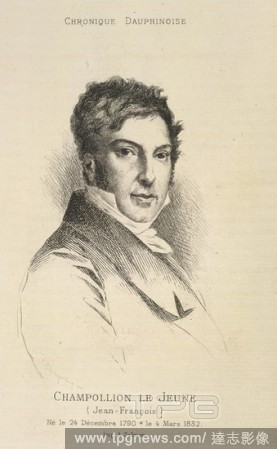
Editorial Jean-Fran?ois Champollion. (1790-1832). French founder of Egyptology. Portrait. He used the Rosetta stone to decipher the Egyptian hieroglyphics. Les Deux Champollion. Leur vie et leurs oeuvres .. Grenoble, 1887. Source: 10662.h.20, opposite 41. Langu...
- 2018-12-06
- 1

Editorial The Rosetta stone, an irregularly shaped stone of black basalt, found in 1799 near the town of Rosetta (Rashid) near Alexandria by Napoleon's armies. The inscription is a priestly decree affirming the royal cult of the 13-year old Ptolemy V. With its i...
- 2018-09-03
- 1
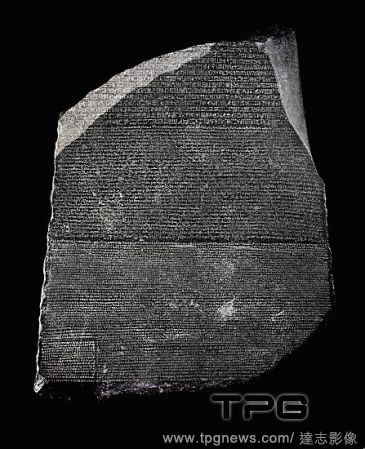
Editorial The Rosetta stone, an irregularly shaped stone of black basalt, found in 1799 near the town of Rosetta (Rashid) near Alexandria by Napoleon's armies. The inscription is a priestly decree affirming the royal cult of the 13-year old Ptolemy V. With its i...
- 2018-08-21
- 1
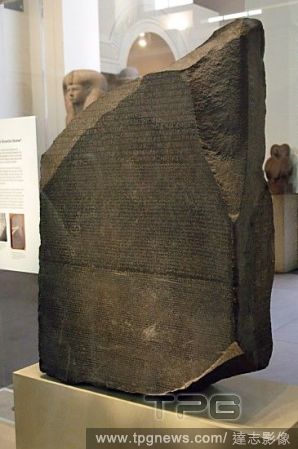
Editorial The Rosetta Stone. Fragment of a black granite stele with an inscription in different languages __of a decree of Ptolemy V Epiphanes king. Ptolemaic era. 196 BC. Writing in hieroglyphical, demotic and greek scripture. British Museum. London. United Kin...
- 2018-08-21
- 3

Editorial The Rosetta Stone. Fragment of a black granite stele with an inscription in different languages __of a decree of Ptolemy V Epiphanes king. Ptolemaic era. 196 BC. Writing in hieroglyphical, demotic and greek scripture. British Museum. London. United Kin...
- 2018-08-21
- 2

Editorial Card 293, Rosetta du Buig, from the Actors and Actresses series (N45, Type 1) for Virginia Brights Cigarettes, ca. 1888, Albumen photograph, Sheet: 2 3/4 x 1 3/8 in. (7 x 3.5 cm), Trade cards from the 'Actors and Actresses' series (N45, Type 1), issued...
- 2018-08-03
- 1
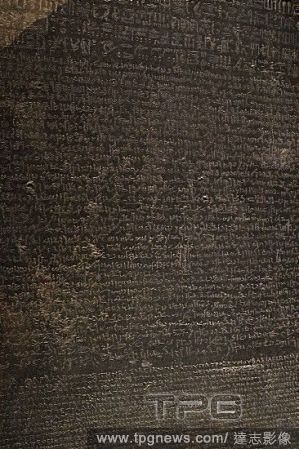
Editorial Detalle de la piedra Rosetta donde se ven las tres escrituras (jerogl?fica, dem?tica y griego antiguo), British Museum.
- 2018-07-30
- 2
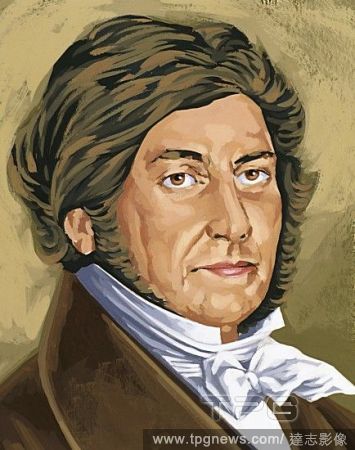
Editorial CHAMPOLLION, Jean-Fran?ois (Figeac,1790-Par?s, 1832). Egipt?logo franc?s. Tras descifrar la piedra Rosetta (196 a. C.) fue el primero en determinar la existencia de los tres sistemas de escritura, jerogl?fico, hier?tico y dem?tico, utilizados por los a...
- 2018-07-24
- 1
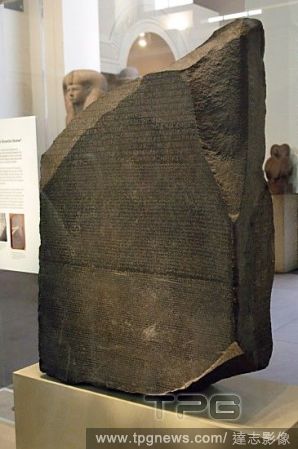
Editorial The Rosetta Stone. Fragment of a black granite stele with an inscription in different languages __of a decree of Ptolemy V Epiphanes king. Ptolemaic era. 196 BC. Writing in hieroglyphical, demotic and greek scripture. British Museum. London. United Kin...
- 2018-07-24
- 3

Editorial The Rosetta Stone. Fragment of a black granite stele with an inscription in different languages __of a decree of Ptolemy V Epiphanes king. Ptolemaic era. 196 BC. Writing in hieroglyphical, demotic and greek scripture. British Museum. London. United Kin...
- 2018-07-24
- 2

Editorial ROSETTA (1999), directed by LUC DARDENNE; JEAN-PIERRE DARDENNE.
- 2018-07-11
- 1
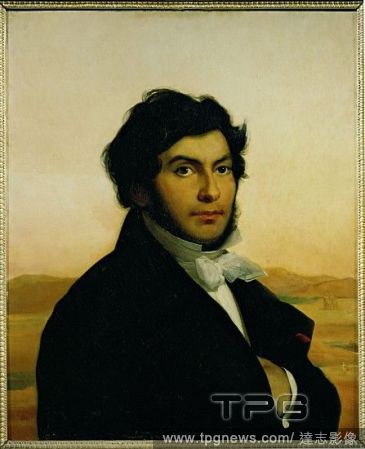
Editorial Jean-Francois Champollion (1790-1832), who deciphered the hieroglyphs with the aid of the Rosetta-stone. Canvas, 73,5 x 60 cm Painted 1831. INV.3294.
- 2018-07-02
- 1
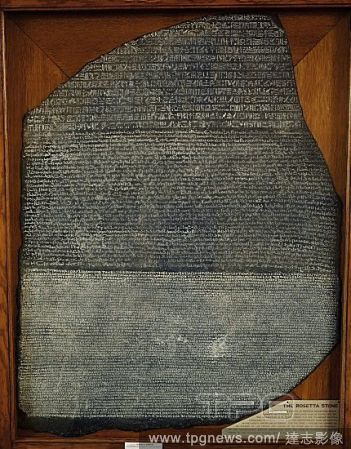
Editorial The Rosetta stone, an irregularly shaped stone of black basalt, found in 1799 near the town of Rosetta (Rashid) near Alexandria by Napoleon's armies. The inscription is a priestly decree affirming the royal cult of the 13-year old Ptolemy V. With its i...
- 2018-06-19
- 1
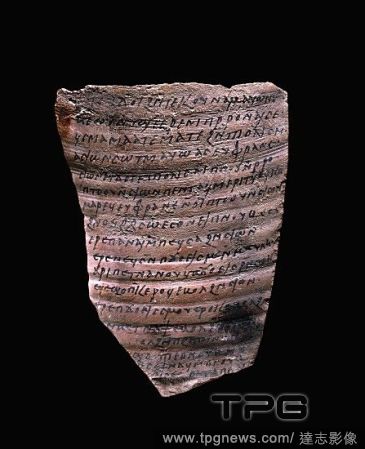
Editorial Coptic ostrakon, Egyptian, Early Islamic period, (7th or 8th century?). Ostraka are broken pieces of pottery or stone used for recording information or even doodling. Written material of the Coptic period often had a religious theme, although ostraka w...
- 2018-06-19
- 1
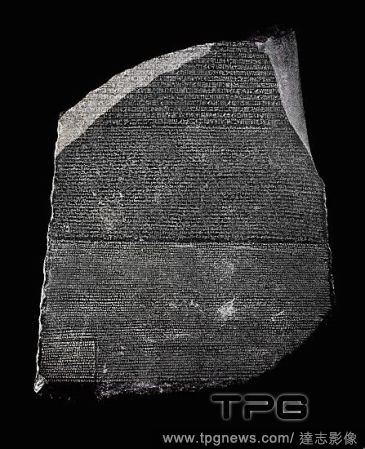
Editorial The Rosetta stone, an irregularly shaped stone of black basalt, found in 1799 near the town of Rosetta (Rashid) near Alexandria by Napoleon's armies. The inscription is a priestly decree affirming the royal cult of the 13-year old Ptolemy V. With its i...
- 2018-06-19
- 1
 Loading
Loading 